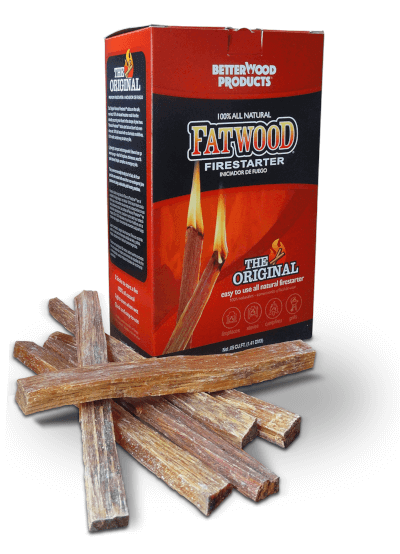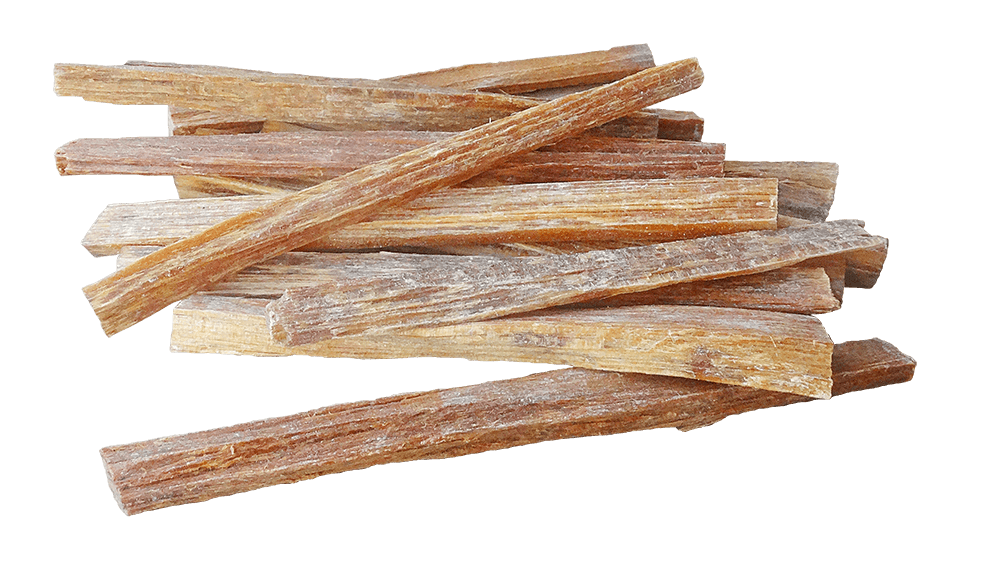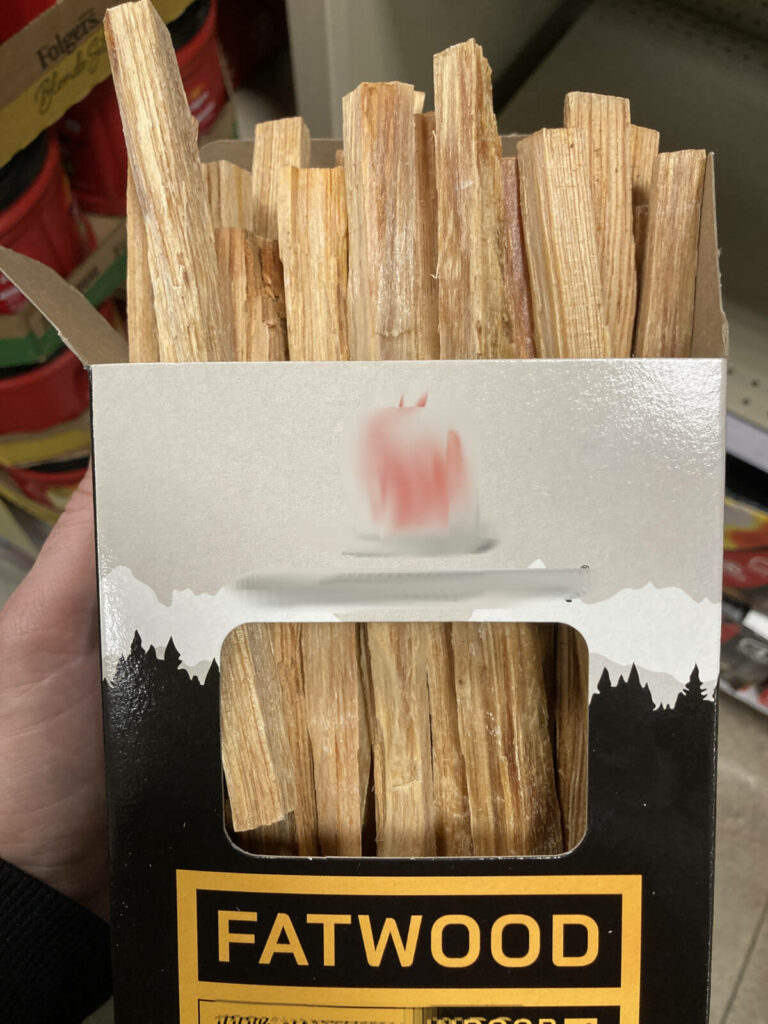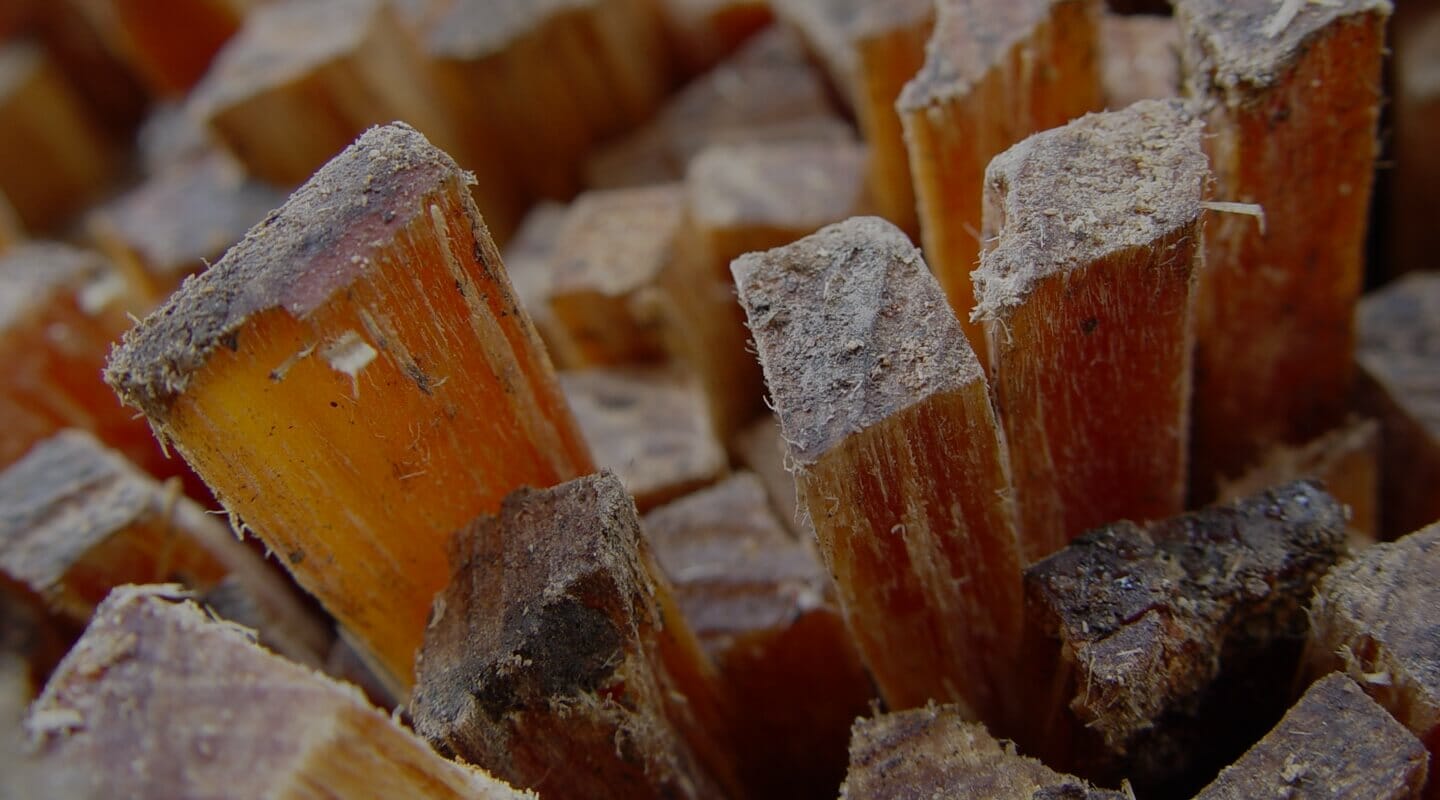How to Identify Quality Fatwood vs. Bad Fatwood
Not All Fatwood is Created Equal
Fatwood firestarter is a natural and easy way to start a fire, whether it be in a fireplace, campfire, or barbecue pit. Fatwood is a type of wood that is naturally high in resin, which is a very flammable substance that makes it easy to start a fire. However, not all fatwood is created equal and the term itself is not subject to copyright. That has meant a dramatic influx over the past few years of fly-by-night vendors hawking questionable products.
Thus, it’s important to know how to identify good quality fatwood from bad quality fatwood. In this article, we will discuss the characteristics of good fatwood, including the color, type of tree, and location on the tree, as well as the importance of resin in firestarting and how to identify it. This is useful whether you’re buying it retail or harvesting it yourself.
Where does Good Fatwood Come From?
Fatwood is derived from the heartwood of pine trees. The stump and tap root that is left in the ground after a tree has been cut or fallen is the primary area, as the resin-impregnated heartwood becomes hard and rot-resistant over time. Other areas such as the joints where tree limbs intersect the trunk, can also be harvested. Although most resinous pines can produce fatwood, in the southeastern United States the wood is commonly associated with longleaf pine (Pinus palustris), which historically was valued for its high pitch production.
The first thing to look for when identifying good quality fatwood is the color of the sticks. Good quality fatwood should have a reddish or orange color, which indicates that it is high in resin. Resin is a natural substance that is produced by trees as a defense mechanism against disease and pests and is concentrated in the stump. It is also a key component in firestarting, as it is highly flammable and can easily ignite.
Look carefully at the sticks to the right. You can see dark veins throughout the wood which indicates high resin content. When handling it, you’ll notice a little stickiness and strong scent, both indicators of quality.
Another important factor to consider when identifying good quality fatwood is the type of tree it comes from. The best fatwood comes from pine trees, as they are naturally high in resin, particularly the southern pine.
The location of the fatwood on the tree is also important. The best fatwood comes from the base of the tree, as this is where the tree stores the most resin. Avoid fatwood that comes from the middle or top of the tree, as it will not have as much resin and will be harder to ignite.

When buying fatwood, it’s good to look for sticks that are straight, thick and heavy. If the sticks are thin or twisted, they will be harder to light and may not burn as long. Also, look for fatwood that has a nice, fresh smell. This is a sign of good quality wood that has been recently cut.

Another important factor to consider when identifying good quality fatwood is the presence of knots. Knots are areas where branches have been cut off the tree, and they can contain a lot of resin. Look for fatwood that has knots, as they will provide additional fuel for your fire.
In addition to the characteristics of the fatwood itself, it’s also important to consider the packaging and labeling of the product. Look for products that are packaged in a clear bag or container, so you can see the quality of the fatwood before you buy it. Also, look for products that are labeled as “100% pure fatwood” or “all-natural fatwood”, as these are more likely to be of good quality.
It’s also important to know that not all fatwood is created equal and there is sadly bad quality fatwood on the market that should be avoided.
Signs of Bad Fatwood
Bad quality fatwood may have a pale color and may not have much of a smell. It may also be brittle, and break easily when bent. This fatwood may not have enough resin to start a fire, and you may end up with a lot of smoke and little flame. In addition to this, avoid fatwood that has mold or fungus growing on it, as this can indicate that it is old or has been stored improperly.
Looking at the fatwood to the right (we’ve blurred the vendor’s name to be fair). While the sticks are straight and a good size, you’ll notice very light colored wood for the most part. While there are a few dark areas, the sticks appear to be low in resin.
In conclusion, fatwood firestarter is a natural and easy way to start a fire. Knowing how to identify good quality fatwood is essential for a successful fire. Look for fatwood that is high in resin, has a reddish or orange color, comes from pine trees, is from the base of the tree and has knots. Avoid fatwood that is pale in color, brittle, moldy or fungus-ridden

